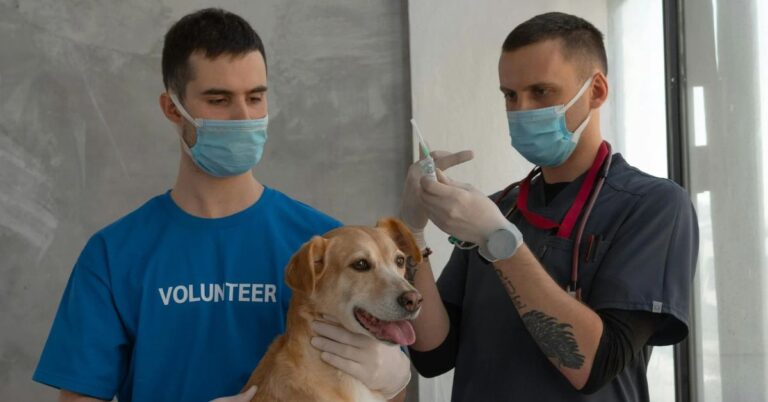10 Common Indicators Of Canine Dysfunctional Behavior

Dogs thrive on routine, companionship, and a sense of security. When something disrupts their well-being, their behavior often changes in ways that can seem puzzling or frustrating. What might look like stubbornness or bad habits is sometimes a sign of deeper issues. Understanding what drives these behaviors can strengthen the bond between you and your dog while ensuring their happiness and health.
Excessive Barking And Vocalization

Loud, persistent barking without a clear trigger often signals underlying distress. Dogs may vocalize excessively when experiencing anxiety and insufficient mental stimulation. Find the root cause through structured training and consistent reassurance to help promote a calmer, more balanced demeanor.
Aggressive Reactions Toward Humans Or Other Animals
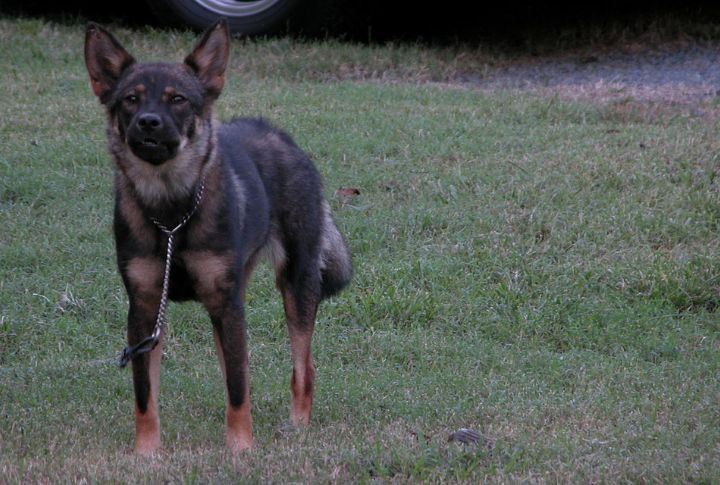
Aggression can come from various factors, such as fear, dominance struggles, poor socialization, or even physical discomfort. By identifying triggers and using positive reinforcement, along with professional behavior modification, it’s possible to reduce aggressive tendencies and create a safer environment.
Destructive Chewing And Property Damage

Destructive chewing can wreak havoc on a home, silently signaling that a pet is grappling with inner turmoil or physical discomfort. When a pet resorts to chewing as a way to cope, it expresses a need for support. Addressing the behavior means channeling the animal’s natural urge into more constructive actions.
Extreme Fear Or Phobias In Non-Threatening Situations
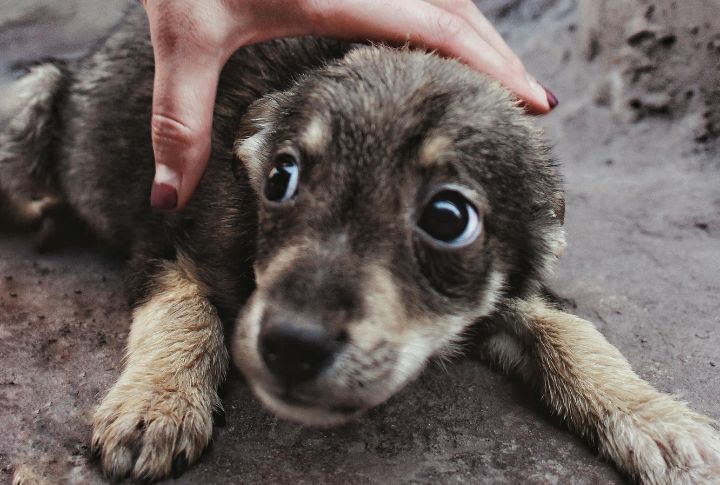
Dogs sometimes develop intense fears or phobias in situations that are objectively harmless. Everyday occurrences can overwhelm an anxious dog, which leads to physical signs of distress. To reduce anxiety, you can introduce the dog to the triggering situation slowly while providing gentle and reassuring support.
Repetitive And Obsessive Behaviors
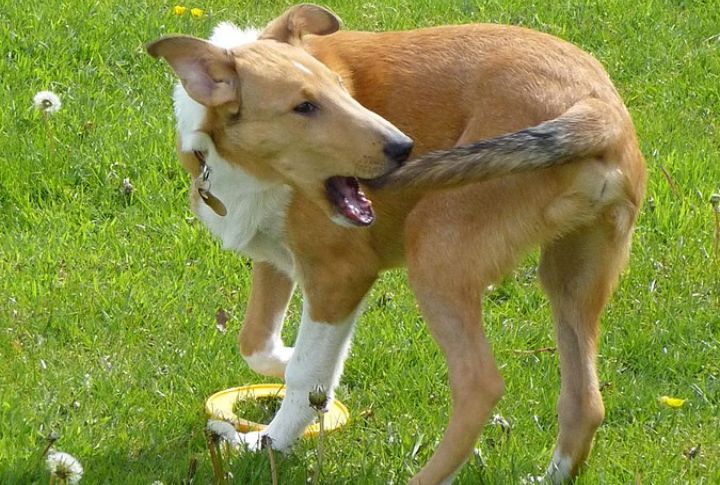
Spinning in circles, excessive tail-chasing, or compulsive licking often point to underlying anxiety or neurological disorders. These behaviors may provide brief relief from stress but can escalate into self-harm. Enrichment activities and professional intervention are key to breaking obsessive cycles.
Resource Guarding And Territorial Aggression
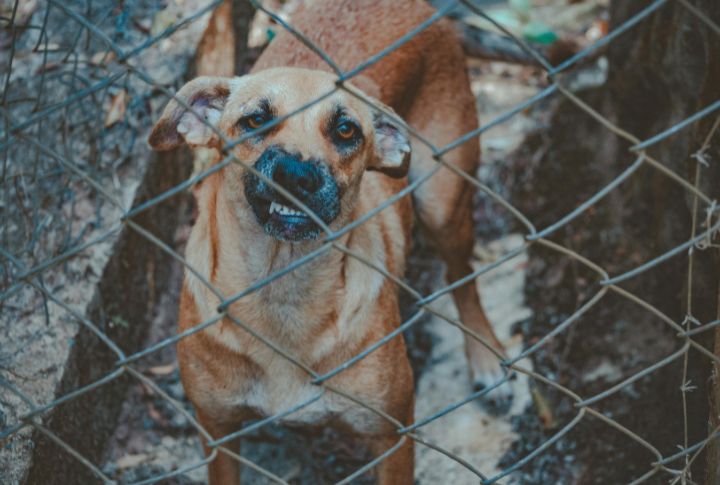
Does your dog growl when you approach their favorite toy? This could signal resource guarding, a behavior rooted in anxiety. Territorial aggression—barking at strangers or other animals—often stems from a desire to protect their space. These instincts are natural for dogs, but without proper training, they can escalate into more serious behavioral issues.
Excessive Panting Without Physical Exertion

Panting after activity is expected, but persistent heavy breathing without exertion often indicates distress. Unusual restlessness and difficulty settling suggest discomfort that may stem from anxiety or health complications. Possible causes include pain, heatstroke, heart disease, or respiratory issues, all of which require prompt attention.
Lack Of Interest In Play And Interaction

When a lively dog suddenly becomes disengaged, showing no interest in play or social interaction, it may be struggling with emotional distress or health complications. A sudden change in enthusiasm may point to a deeper issue that requires attention.
Persistent Tail Tucking
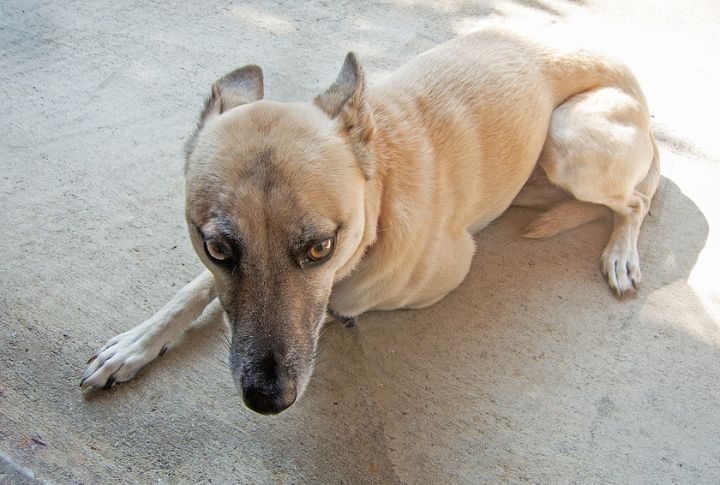
Dogs communicate fear through body language, often revealing distress through a lowered posture, tucked tail, and tense stance. A hesitant or withdrawn demeanor suggests anxiety or insecurity. Consistently displaying these signs indicates ongoing discomfort that requires careful observation.
Sudden Loss Of House Training Habits
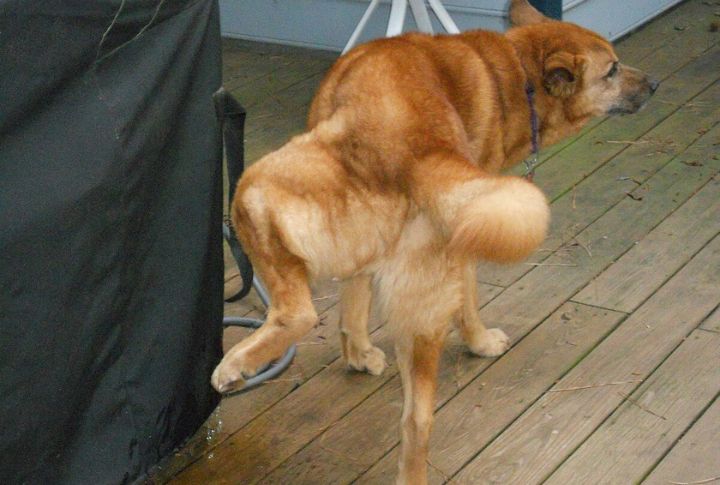
A previously house-trained dog that begins having accidents indoors may be struggling with stress or health-related challenges. Changes in routine or environment often disrupt established habits, leading to confusion. Medical issues like diabetes, urinary tract infections, or cognitive decline in older dogs can also contribute to this behavior.
